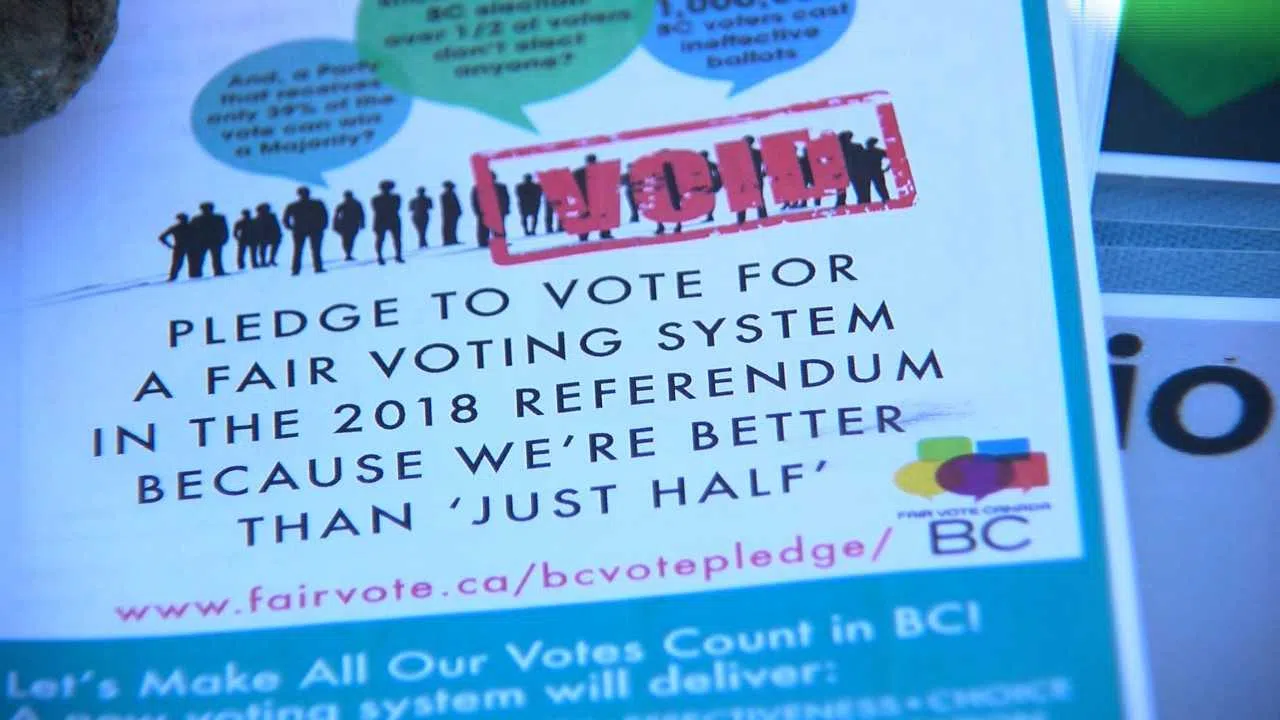
There is no credibility in referendum process
HOW WE ELECT OUR MLAs is one of the most important pillars of our democracy. So changing our electoral system shouldn’t be easy, and it should only come on the heels of a lengthy, thoughtful and transparent process of engagement, education and debate. That was most certainly the case in 2005 and 2009, years during which the former BC Liberal government held referenda on potentially changing our electoral system.
While I’m not opposed to British Columbians having their say in what will be our province’s third referendum on electoral reform in 13 years, I do have a big problem with the inherent unfairness of the process utilized by the NDP-Green minority government.
Gone is the 60 per cent-plus-one, province-wide approval requirement, as well as the regional threshold requiring 50 per cent of all of BC’s electoral districts to approve of any change to our electoral system. In place of this stringent dual threshold approval requirement is only a 50 per cent-plus-one province-wide approval, which means the decision will effectively be made in BC’s largest urban centres.
A long-standing compromise ensuring all British Columbians are fairly represented in BC’s Legislature has withstood the test of time since BC joined Confederation 147 years ago. Simply put, this compromise — which has centered on balancing the interests and ensuring the adequate representation of the densely populated urban cities with the sparsely populated regions of our province — will be no more. The NDP-Greens have decided that 50 per cent-plus-one is good enough to implement a new electoral system for BC. Well, that’s not good enough.


